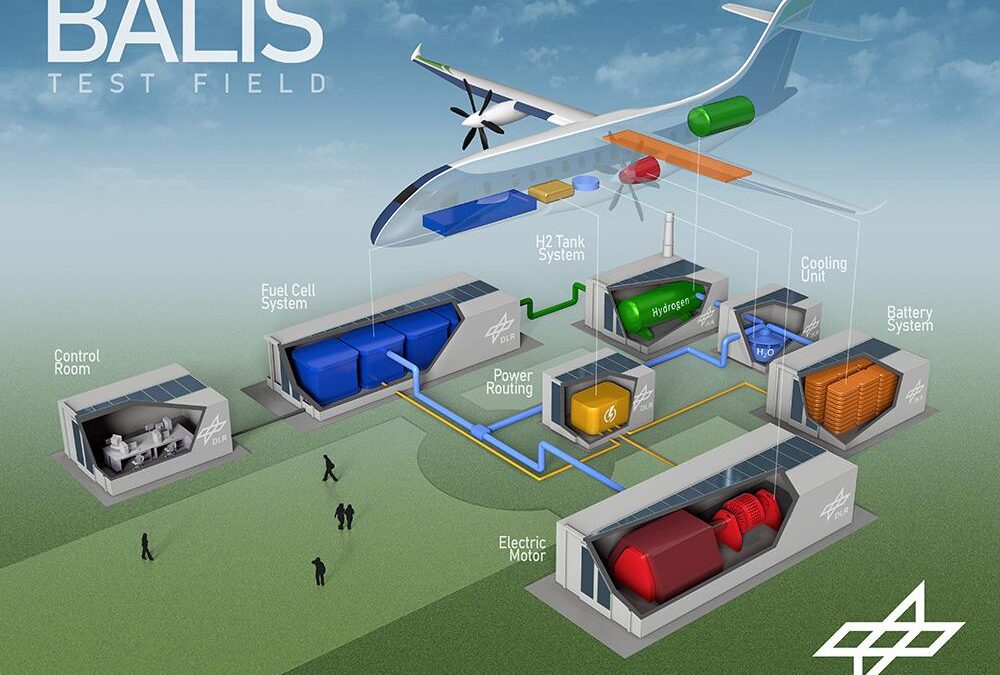Germany’s Aerospace Agency Developing Fuel Cell To Power Aircraft As Large As A Dornier 328
The German Aerospace Centre (DLR) will be developing a fuel-cell that can power a short-range regional aircraft that seats at least 40 passengers.
The German ministry of transport says in a DLR statement it has provided 26 million euros (US$32 million) for the BALIS project which aims to develop a fuel-cell powertrain that will be approximately 1.5 megawatt, enough to power a 40-60 seat regional aircraft that can fly 1,000km range (540nm).
Steffen Bilger, the German parliamentary state secretary at the ministry of transport and digital infrastructure, says in the statement that: “In this decade, it is a matter of shifting gears and transitioning our transport to carbon-dioxide-free or low-carbon fuels. Mobility with hydrogen from renewable energy sources will play an essential part in this. Hydrogen can be used as a fuel for all modes of transport, including aircraft.”
“The goal is emission-free air transport, preferably whilst also creating jobs and added value in Germany,” he adds.
DLR says in its statement that it “is constructing a unique test facility [for the project]. It forms the necessary overall system, namely the complete hardware and the essential infrastructure, including the fuel cell system itself, the hydrogen tanks, the electric motor and the control technologies.”
André Thess, director of the DLR Institute of Engineering Thermodynamics says once DLR has developed the fuel-cell powertrain, it “wants to transfer the technology into practical applications together with partners from research and industry.”
The German-built Dornier 328 turboprop coincidentally is a 30-44 seat regional aircraft.
Josef Kallo, DLR coordinator energy system integration, says “most fuel cells that are already commercially available have an output of 100 to 200 kilowatts per module. To reach the megawatt range, however, it is not possible to combine any number of smaller systems. This is where the technology reaches its limits.”
He says: “There is a ‘sound barrier’ at 1.5 megawatts as far as the architecture and performance of current fuel cell system components are concerned. We want to exceed this limit and simultaneously bring together as few high-power fuel-cell stacks as possible. To do this, we need novel approaches and new components, for example in optimized current-density distribution, voltage level, the handling of liquid hydrogen in large quantities and coupling to an overall propulsion system,” he adds.
Germany has extensive experience developing hydrogen fuel-cells. The country’s U121A submarines, for example, are powered a combination of hydrogen fuel cells, diesel generator and high-power batteries.
Related stories:
Universal Hydrogen Partners MagniX on Dash 8-300, ATR 42 Retrofit (16 September 2020)
DLR, MTU To Work on Hydrogen-Electric Dornier 228 Demonstrator (7 August 2020)
Picture credit: DLR

